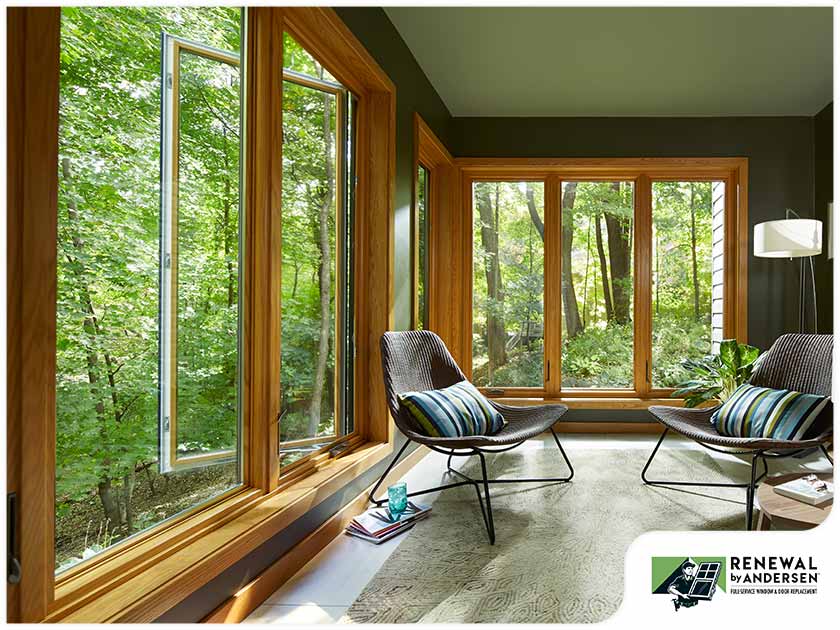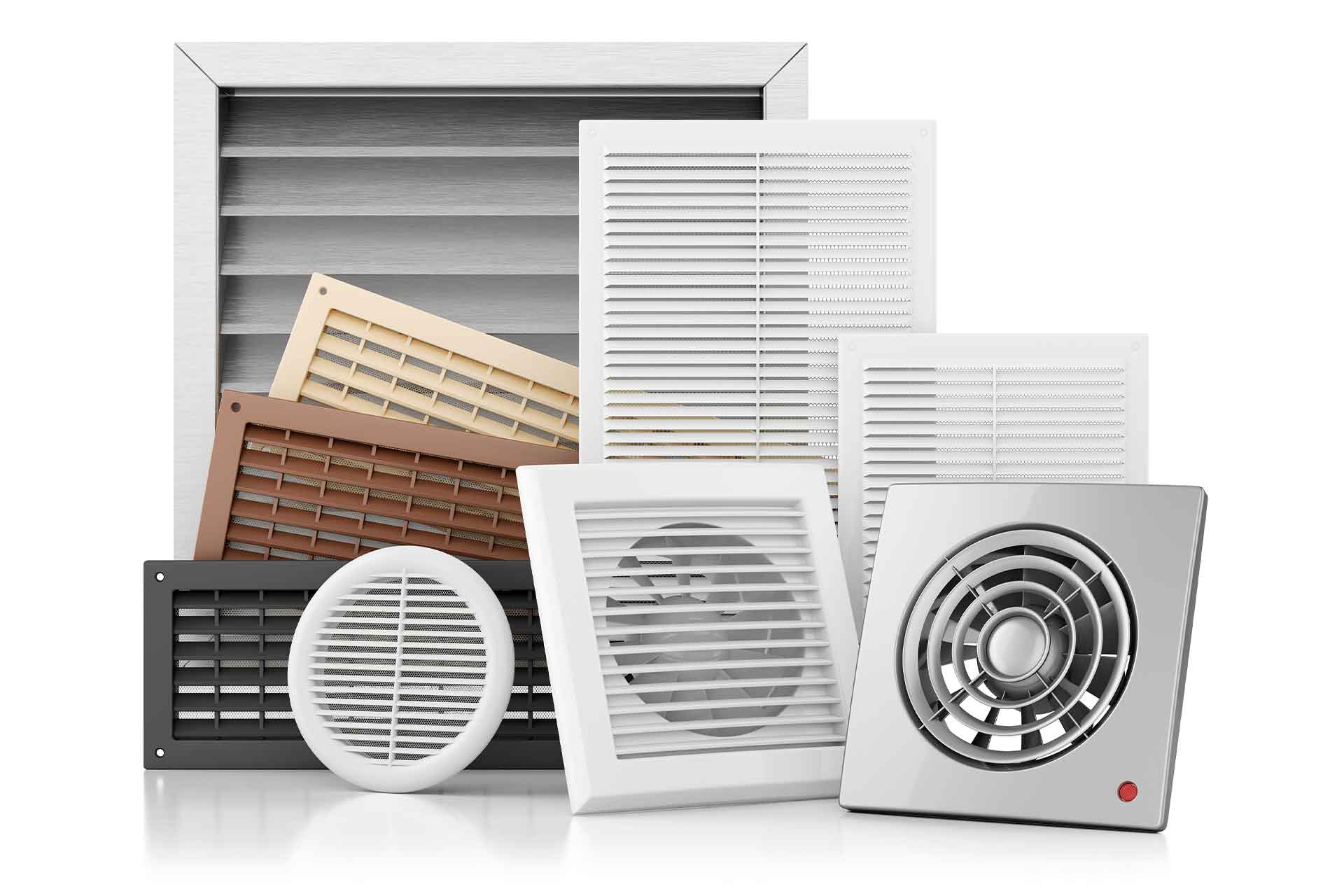The Hidden Health Risks of Poor Home Ventilation Melbourne
Comprehending the Importance of Home Air Flow for a Healthier Living Setting
Home ventilation plays a vital role in keeping a healthy and balanced living environment. It promotes the exchange of interior and exterior air, which is necessary for improving air top quality. Without proper air flow, homes can end up being breeding premises for irritants and toxins. The repercussions of poor air circulation can be significant. This raises the inquiry of how home owners can successfully carry out air flow techniques to secure their wellness and well-being. Comprehending these methods is imperative.

The Basics of Home Air Flow
Home ventilation acts as an essential element of indoor air high quality and convenience. It entails the procedure of trading stagnant indoor air with fresh outdoor air, consequently decreasing humidity and controlling temperature level. Appropriate ventilation systems can consist of all-natural approaches, such as open windows and vents, in addition to mechanical systems, such as exhaust followers and air exchangers. Reliable home air flow assists protect against concerns like interior mold growth and the buildup of damaging fragments. It additionally boosts total energy effectiveness, as well-ventilated spaces can preserve comfy temperatures with less dependence on home heating and cooling down systems. Comprehending the fundamentals of home air flow is essential for property owners looking for to create a healthier living setting on their own and their family members.

Common Sources of Indoor Air Pollution

Several might not understand it, indoor air contamination can originate from different resources within a house. Typical contributors include volatile natural compounds (VOCs) sent out from paints, solvents, and cleansing items. Household home appliances, such as gas cooktops and fire places, can release unsafe gases like carbon monoxide gas and nitrogen dioxide. In addition, mold and mold thrive in damp locations, releasing spores that impact air top quality. Family pet dander, dirt mites, and plant pollen can gather inside your home, further intensifying contamination degrees. Smoking indoors produces harmful chemicals that stick around in the air. Ultimately, building products, including asbestos and formaldehyde, can off-gas unsafe materials. Identifying these sources is vital for keeping a much healthier indoor environment and advertising reliable ventilation techniques.
Health And Wellness Effects of Poor Air Flow
Interior air contamination can have significant health ramifications, especially when air flow is inadequate. Poor ventilation can lead to the buildup of unsafe pollutants, such as volatile organic substances, mold, and particle issue. This build-up may cause respiratory system issues, consisting of bronchial asthma, allergic reactions, and persistent obstructive lung disease. People might experience signs and symptoms like headaches, fatigue, and irritation of the eyes, nose, and throat. Vulnerable populaces, such as youngsters and the senior, are at higher threat for severe health and wellness impacts. Lasting exposure to poorly aerated atmospheres can likewise contribute to a lot more serious conditions, including heart diseases. Guaranteeing correct air flow is necessary for maintaining a healthy and balanced living environment and decreasing the threat of health and wellness problems linked with interior air contamination.
Efficient Air Flow Techniques for Your Home
Correct air flow is essential for preserving a healthy and balanced interior setting, and executing efficient techniques can significantly improve air quality. House owners can begin by ensuring that exhaust followers are set up in kitchens and washrooms to eliminate excess moisture and smells. Opening up windows routinely enables fresh air to flow, specifically during moderate weather condition. In addition, making use of air purifiers with HEPA filters can assist record air-borne pollutants. For homes with home heating and cooling down systems, preserving cooling and heating systems and altering filters on a regular basis is essential for peak efficiency. Incorporating all-natural ventilation strategies, such as cross-ventilation, can additionally boost airflow. Securing any leakages in windows and doors protects against undesirable drafts, which can interfere with controlled airflow, ultimately leading to boosted interior air top quality and convenience.
Maintaining Ideal Air Quality Year-Round
To maintain suitable air high quality year-round, property owners need to take on Our site a positive technique to handling their interior atmosphere. Routinely keeping track of interior air top quality is important; this consists of monitoring for toxins such as dust, mold, and unpredictable natural substances (VOCs) Implementing reliable air flow systems, such as exhaust fans and air purifiers, can considerably decrease airborne pollutants. Furthermore, routine upkeep of a/c systems guarantees peak performance and air circulation. Property owners must also take into consideration humidity degrees, as excessive dampness can cause mold development. Seasonal changes may require adjustments in ventilation approaches to accommodate varying outside air quality. By prioritizing these techniques, property owners can produce a healthier space, promoting overall wellness for all owners throughout the year.
Regularly Asked Questions
How Can I Tell if My Home Demands Much Better Air Flow?
To establish if a home calls for better air flow, one More Info need to observe signs such as relentless moisture, mold growth, stuffy smells, condensation on home windows, or boosted allergy signs and symptoms, indicating insufficient airflow and potentially inadequate interior air top quality.
What Are the Signs of Poor Indoor Air Top Quality?

Can Houseplants Improve Indoor Air High Quality Efficiently?
The effectiveness of houseplants in enhancing interior air top quality is debated. While some studies suggest they can soak up toxins and produce oxygen, their general impact may be minimal compared to proper air flow and air filtration systems.
How Typically Should I Modification My Air Filters?
The frequency of air filter changes generally depends upon usage and filter kind. Normally, it is suggested to change useful link filters every 3 months, though families with allergies or animals may need even more frequent modifications for excellent performance.
Exist Any Type Of Specific Air Flow Systems for Allergy Sufferers?
Numerous ventilation systems, such as HEPA-filtered systems, successfully minimize allergens airborne. Home Ventilation Melbourne. These systems trap family pet, dirt, and plant pollen dander, giving allergy victims with a cleaner, healthier interior setting while handling air high quality successfully
It assists in the exchange of outdoor and interior air, which is important for boosting air quality. Home ventilation serves as a crucial part of interior air quality and convenience. It includes the process of trading stale indoor air with fresh outdoor air, therefore lowering moisture and controlling temperature level. Indoor air pollution can have significant health and wellness ramifications, specifically when air flow is poor. Correct ventilation is vital for preserving a healthy and balanced indoor environment, and executing effective methods can greatly boost air quality.